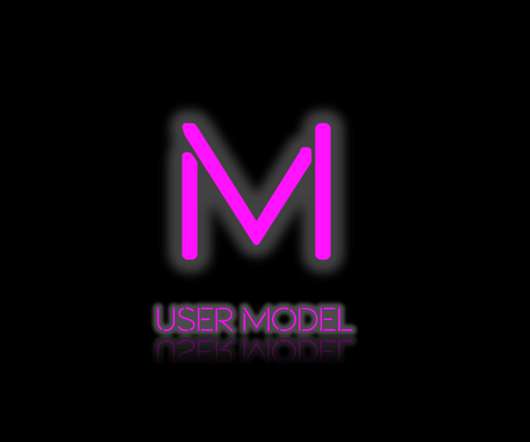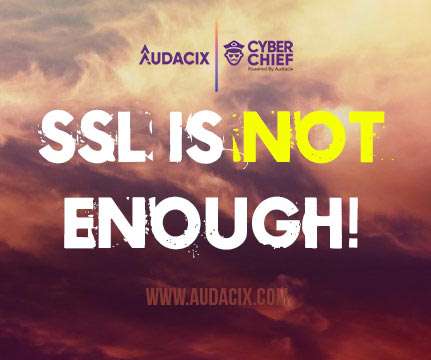User Model: What SaaS platform builders need to know to prepare for growth, Part 1
CloudGeometry
JANUARY 15, 2022
Sign-Up is the most recognizable part of onboarding, as it’s where the application captures information about who is going to use the software and how the subscription gets billed. For a deep dive, have a look at the AWS Definitions – SaaS Lens ; for a deeper dive, see the Google DevOps Catalog here.













Let's personalize your content